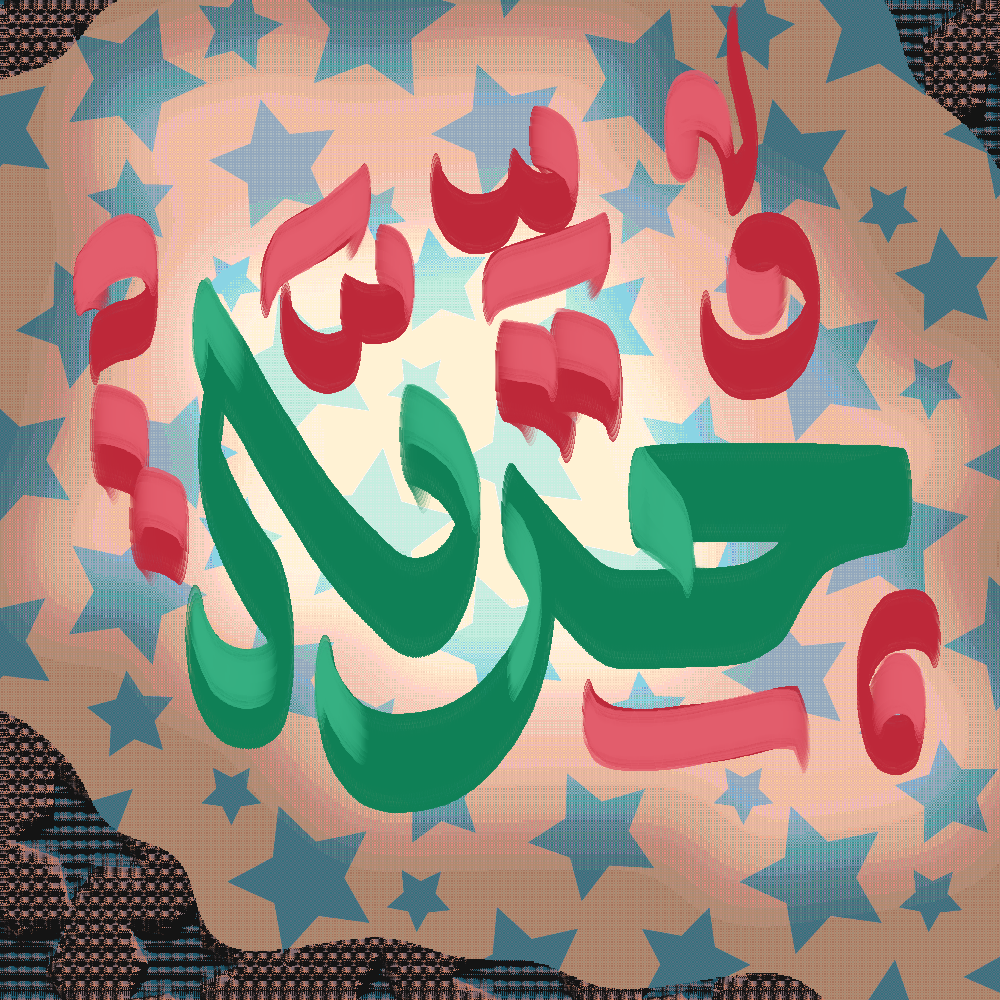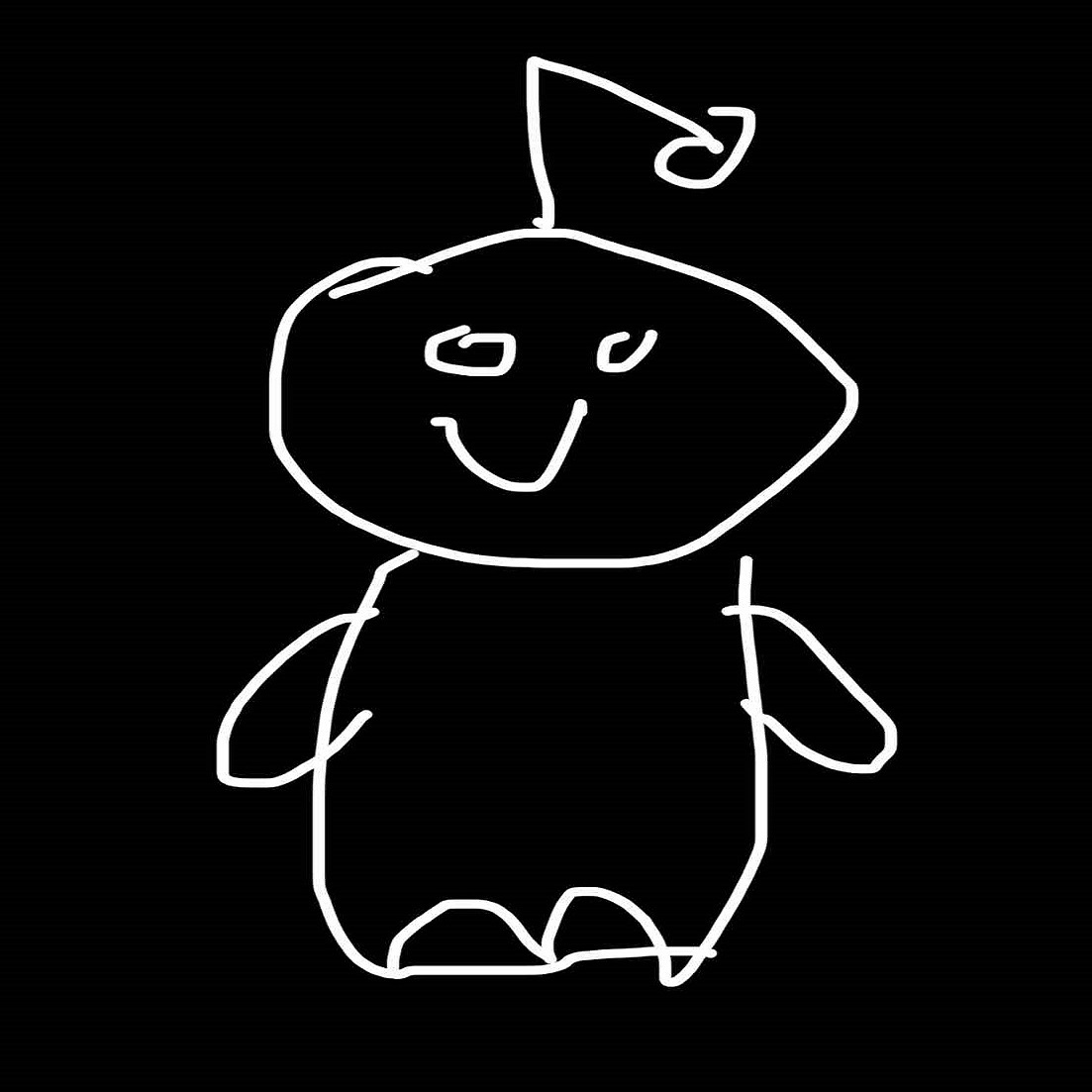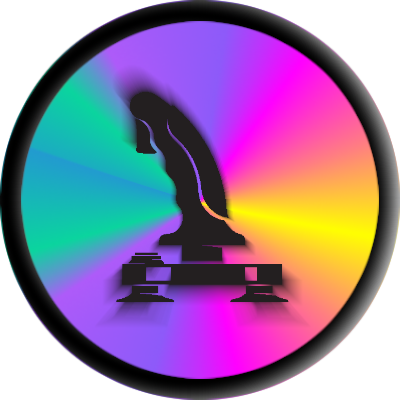

Both Wayland & Linux try to support Nvidia, but Nvidia wasn’t cooperating. Software, especially software as big as DEs can’t stay tied to old tech & hardware forever.
I’d say GNOME kept X11 around for long enough and Linux worked hard on supporting old fussy hardware.








Most Shiites, Sufis, some Sunnis, and lots of other denominations either don’t see it as Haram or see it as a frowned upon act, not entirely forbidden.
If you’re talking about not pissing off Sunnis, then that’s a bit harder (as usual). Depictions are controversial for the following:
(To mitigate another issue): The fear of Idolatry, as lots of Muslims believe that this is one of the reasons ~“Christianity was corrupted and became polytheistic”.
(Haram) Because the depiction of living things is forbidden by some hadiths. [1]
(Frowned upon) Because of the ways such depictions might be stored later on. Some consider it Haram to simply throw away things with the names of one of the prophets or the word “Allah” for fear of it being mistreated (e.g. stepped on or altered) and extend that to the depictions of prophets (This extends the rule to all prophets of Islam, as such lots of children’s cartoons use calligraphy or censor out depictions of all prophets). [2]
So yeah, there you go…
[1]:
“The most severely punished of people on the Day of Resurrection will be the image-makers, those who tried to imitate the creation of Allah.” & “The makers of these images will be punished on the Day of Resurrection, and they will be told, ‘Give life to that which you have created.”
[2]:
["Once, we are done with papers or magazines with writings of Quranic verses, prayers or Names of Allah, etc., we must not simply throw them or discard them as we would do with any other ordinary stuff; rather we must dispose them off in a respectable manner.
The ideal way of the disposal of such materials off is by shredding them and then trashing them. If that is not possible, then the next best thing to do is to trash them after cutting and slicing them into tiny pieces.
Burning is not recommended as it may be highly risky; especially indoors. If, however, it is extremely safe to so, and, once done under strict supervision, there is no harm in burning them."](https://aboutislam.net/counseling/ask-the-scholar/miscellaneous-ask-the-scholar/how-to-dispose-of-paper-with-allahs-name/)